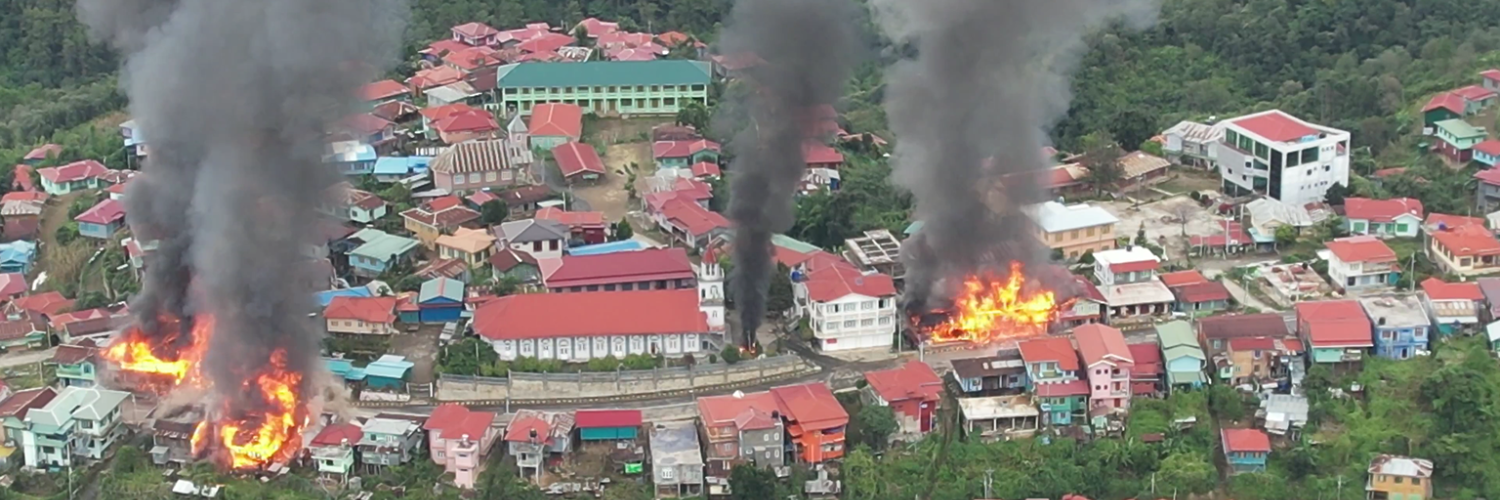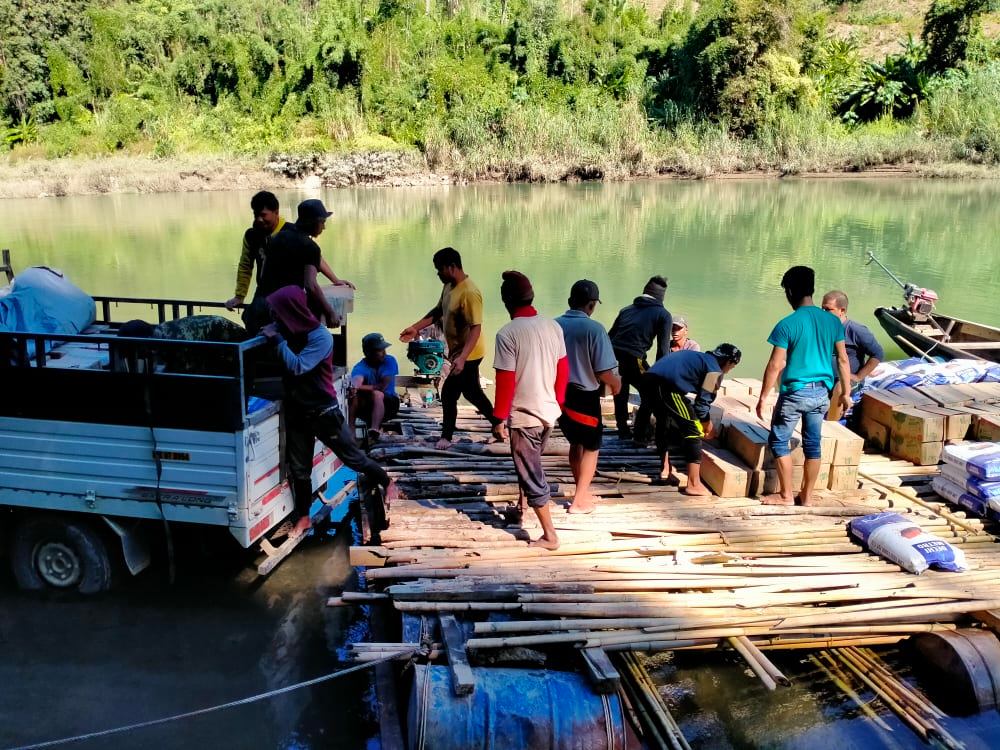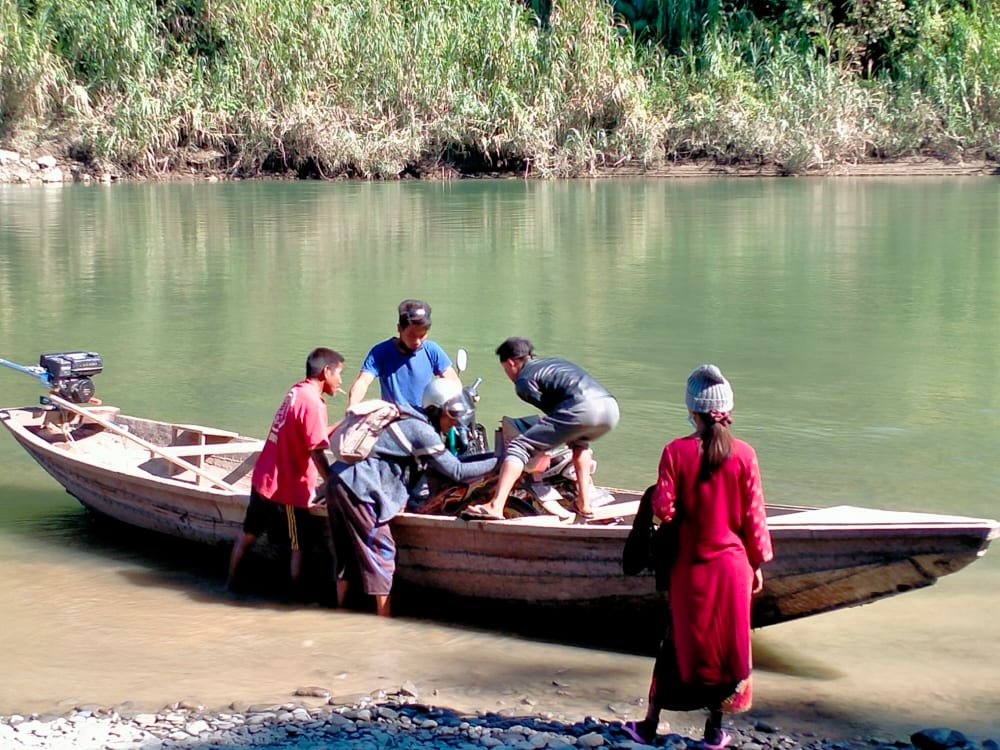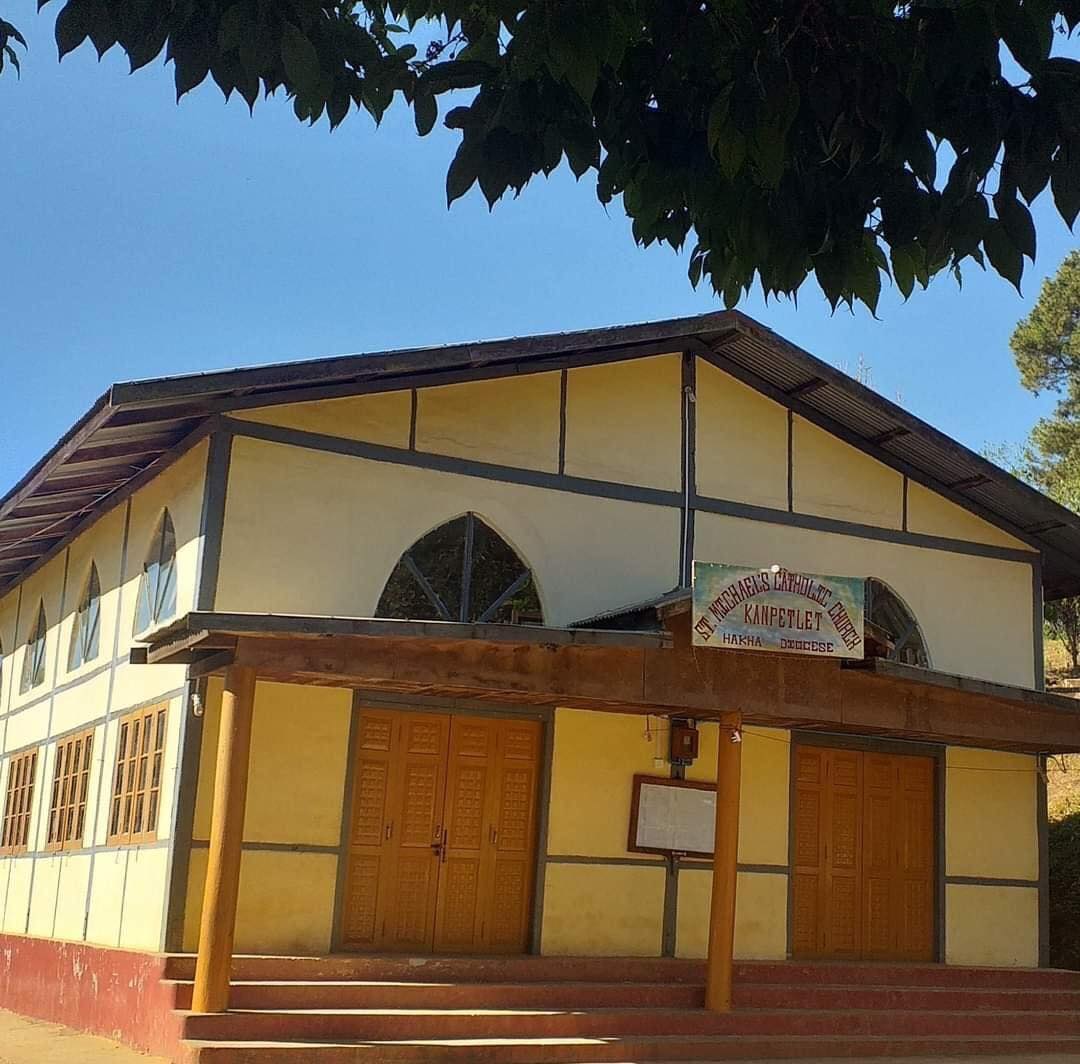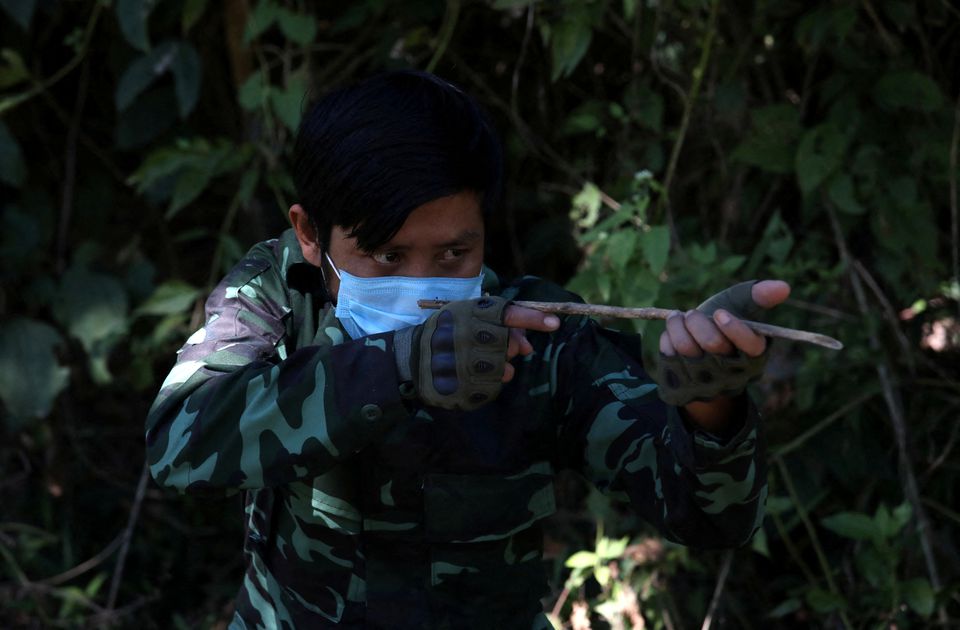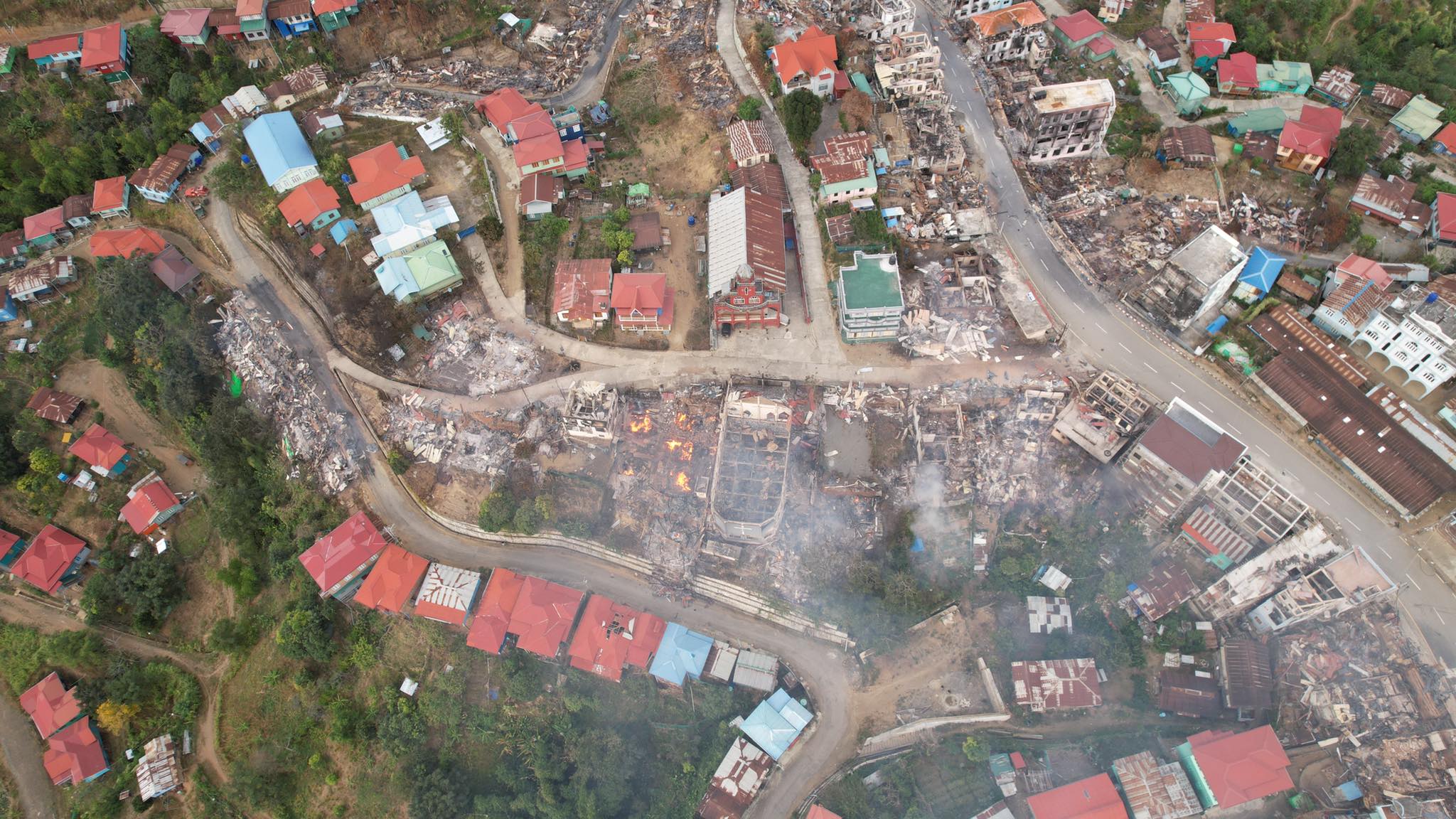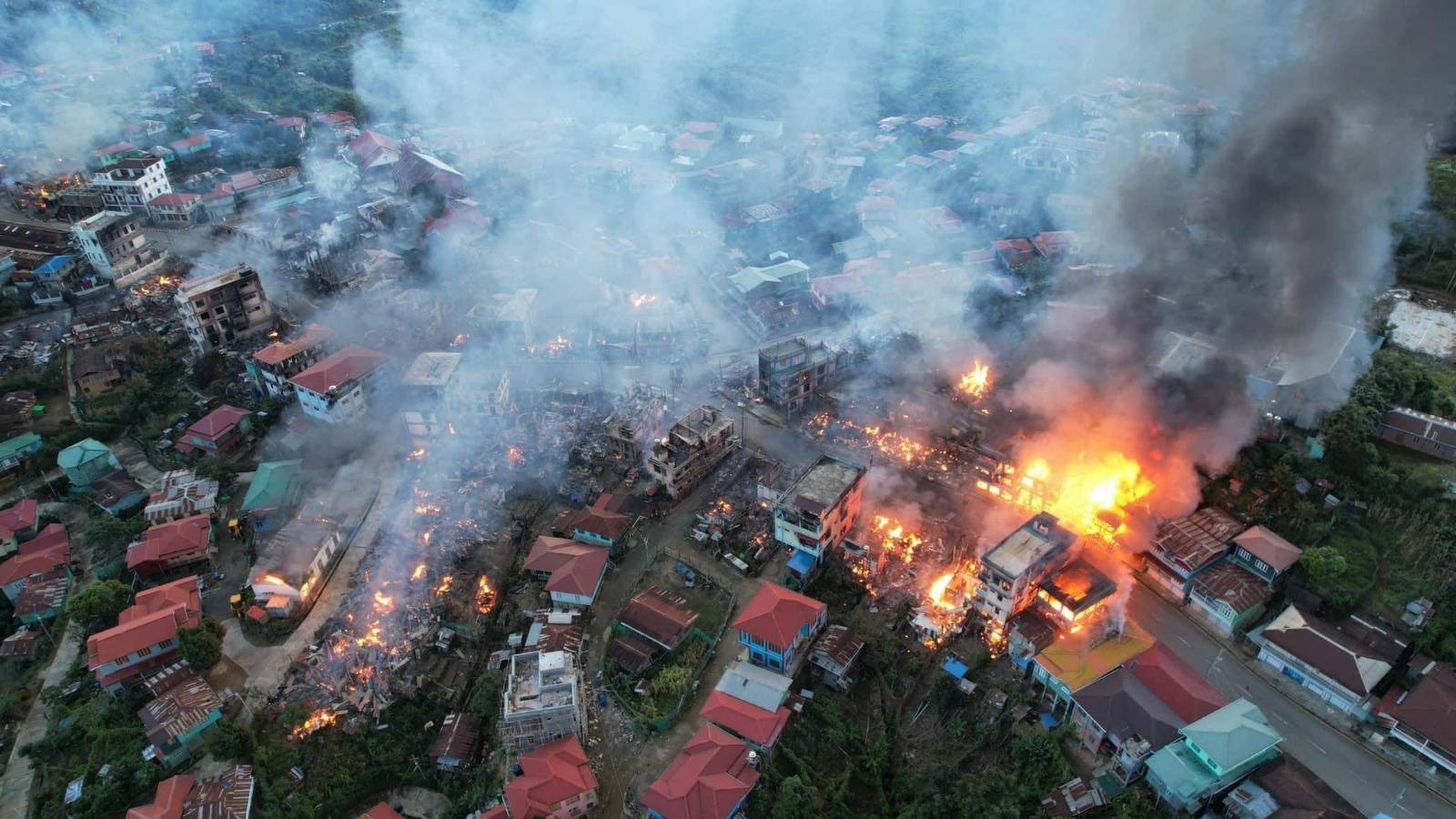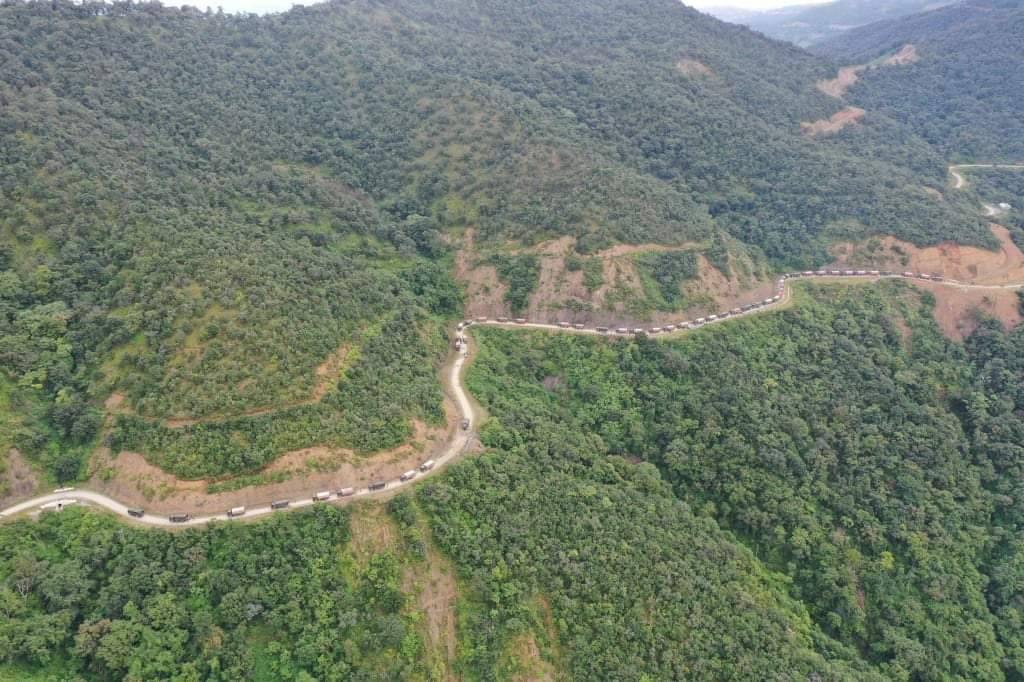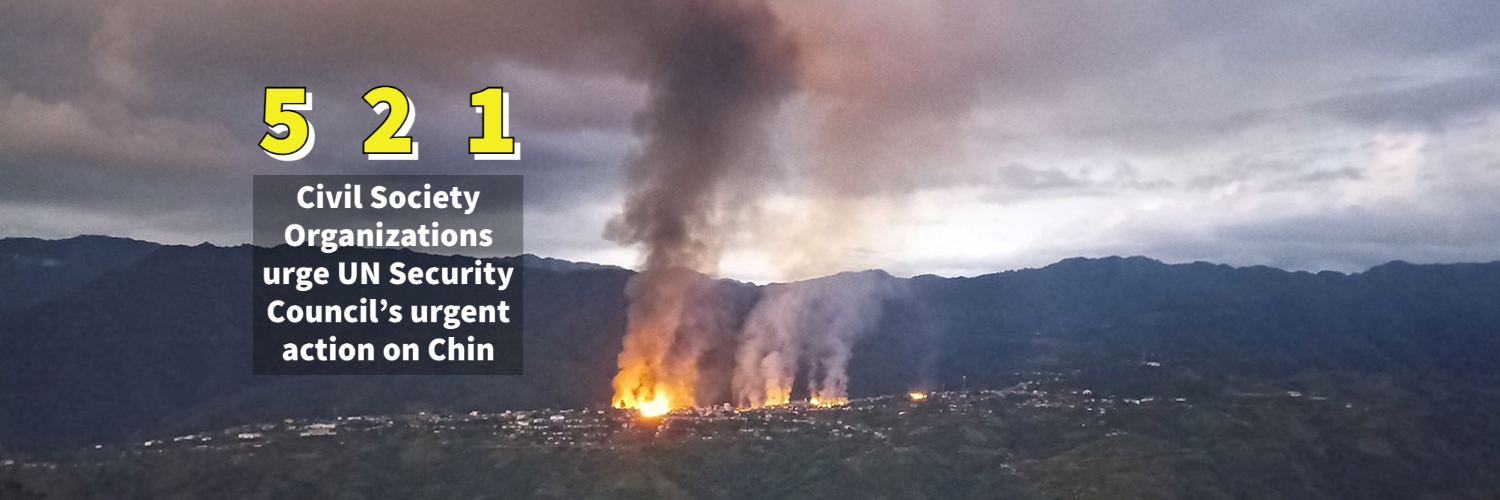
APNews:Myanmar military reverts to strategy of massacres, burnings
Thantlang, a town near the Indian border, has also been emptied of its people after four months of heavy fighting, according to the Chin Human Rights Organization. Drone footage shot by the group in October and December and seen by the AP shows fires raging inside buildings and charred churches, collapsed schools and ruined homes. The footage matches fires...

